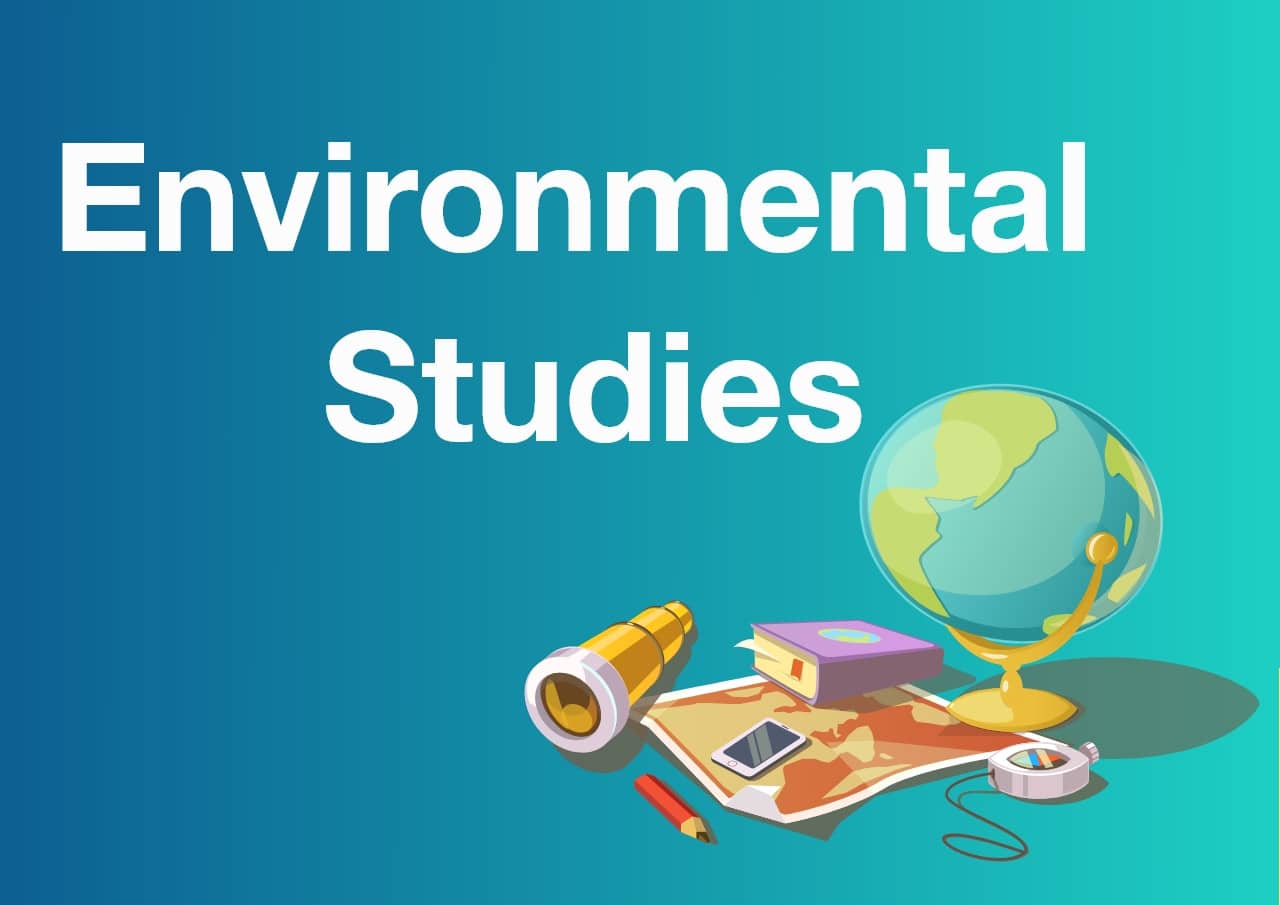Social studies examines the relationships between individuals and societies, as well as the development and operation of societies, rather than studying the physical world. These academic disciplines rely more heavily on interpretation and qualitative research methodologies.
Social Studies as a subject is equally important as is English or Math. In fact, even more! Unless children know what the things present around them are, they won’t be able to interact with it properly. In Social Studies subject for Class 5, children get to learn about things ranging from their immediate environment (plants, animals, air, water, soil, food, human body parts, clothes etc.) to their wider environment (neighborhood, school, etc. ). Social Studies includes a variety of environmental topics. Learning these, kids develop awareness about their natural, social and cultural environment.
Course Summary for Class 5 Social Studies:
Unit 1: The Earth
Part I: The Planet Earth Globe & Map
– Introduction to the Earth as a celestial body.
– Understanding the use of globes and maps for geographical representation.
– Basic map-reading skills and map symbols.
Part II: Latitude & Longitude
– Exploring the concept of latitude and longitude.
– Understanding how coordinates help locate places on the Earth’s surface.
– Learning about the equator, prime meridian, and hemispheres.
Unit 2: Ways Of Living
Part I: Weather and Climate
– Differentiating between weather and climate.
– Understanding the factors influencing weather and climate.
– Exploring the diverse climates in various regions.
Part II: The Land of Dense Forest – Democratic Republic of Congo
– Studying the geography, climate, and biodiversity of the Democratic Republic of Congo.
– Exploring the impact of dense forests on the lives of people and the ecosystem.
Part III: The Land of Ice and Snow – Greenland
– Understanding the geographical features and extreme climate of Greenland.
– Exploring how the Inuit people adapt to the harsh Arctic conditions.
Part IV: The Land of Sand – Saudi Arabia
– Studying the geography, climate, and culture of Saudi Arabia.
– Understanding the challenges and adaptations in a desert environment.
Part V: The Treeless Grassland – Prairies
– Exploring the characteristics of prairies and their significance.
– Understanding the flora, fauna, and human activities in these treeless grasslands.
Unit 3: Transport & Communication
– Exploring various modes of transportation and their evolution.
– Understanding the role of communication in connecting people and cultures.
Unit 4: The Changing World
Part I: The World of Growing Knowledge
– Exploring advancements in science, technology, and knowledge.
– Understanding the impact of knowledge on society.
Part II: Health and Medicine
– Studying the evolution of healthcare and medicine.
– Understanding the importance of hygiene and healthy practices.
Part III: Some Great People
– Learning about influential personalities who have made significant contributions to society.
Unit 5: GOI & UNO
Part I: Government of India
– Understanding the structure and functions of the Government of India.
– Learning about the roles of different branches of government.
Part II: United Nations Organisation
– Introduction to the United Nations and its purpose.
– Understanding the role of the UN in promoting international cooperation and peace.
Unit 6: Our Freedom Struggle
Part I: The Revolt of 1857
– Exploring the causes and consequences of the Indian Rebellion of 1857.
– Understanding the beginning of the struggle for independence.
Part II: The Freedom Struggle
– Studying key events and leaders in India’s fight for independence.
– Learning about important movements and their impact.
Part III: Gandhi Leads India to Freedom
– Understanding Mahatma Gandhi’s role in India’s independence.
– Exploring the principles of non-violence and civil disobedience.
This Class 5 Social Studies course is designed to provide students with a comprehensive understanding of the Earth, its diverse environments, the evolution of societies, and the significant events in India’s struggle for independence. The curriculum aims to foster critical thinking, geographical awareness, and an appreciation for historical and cultural contexts.



